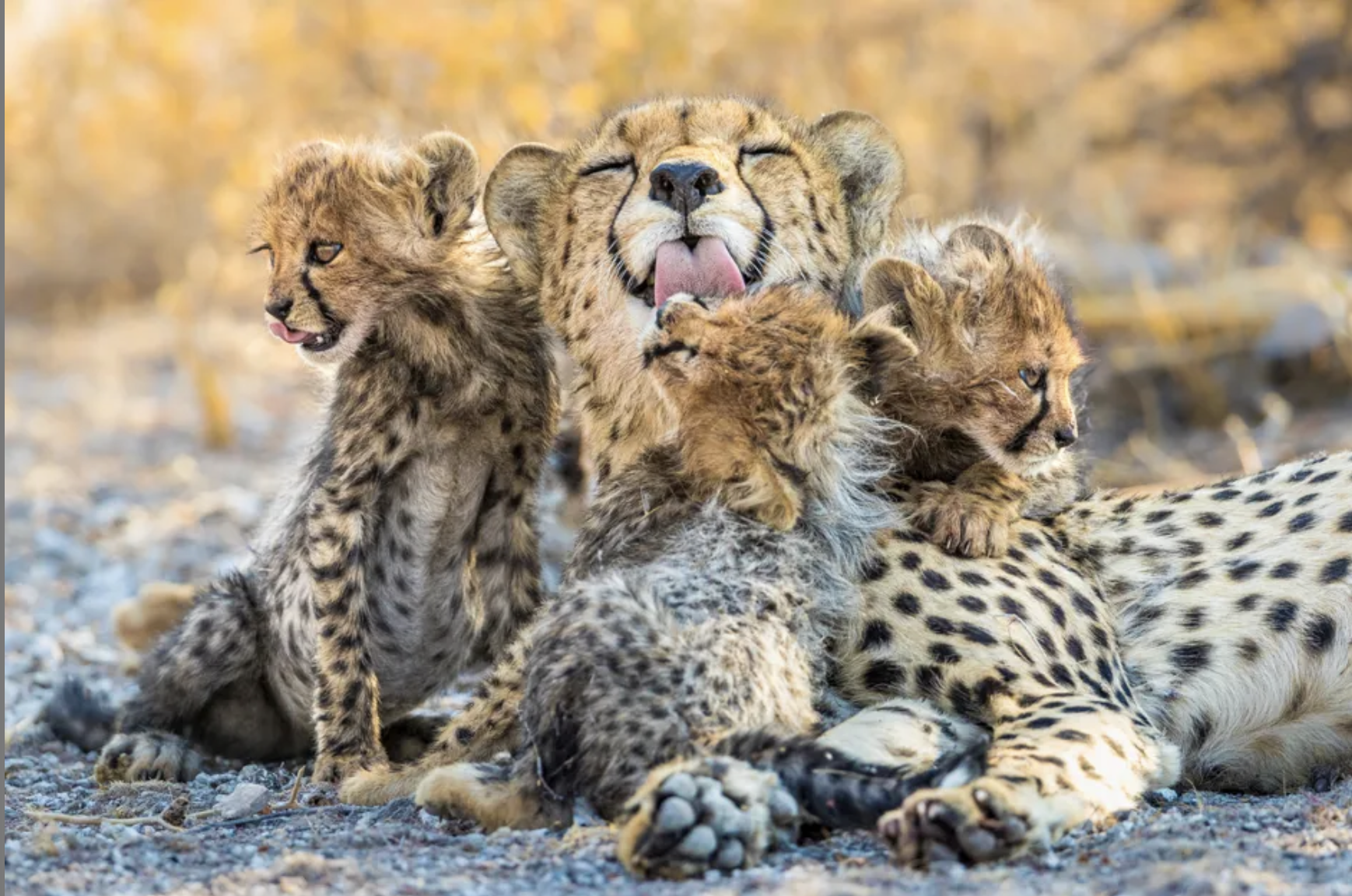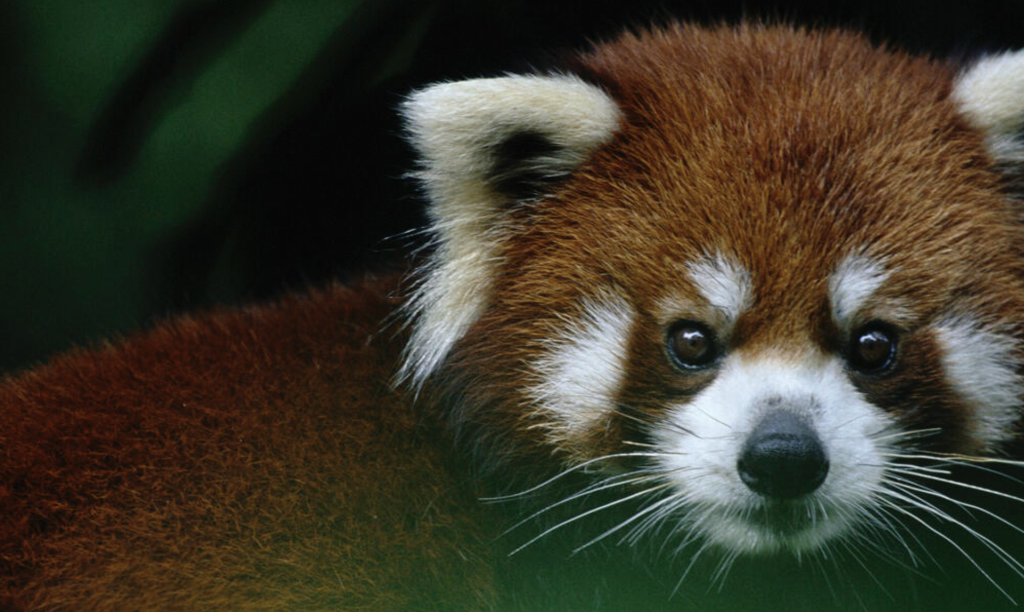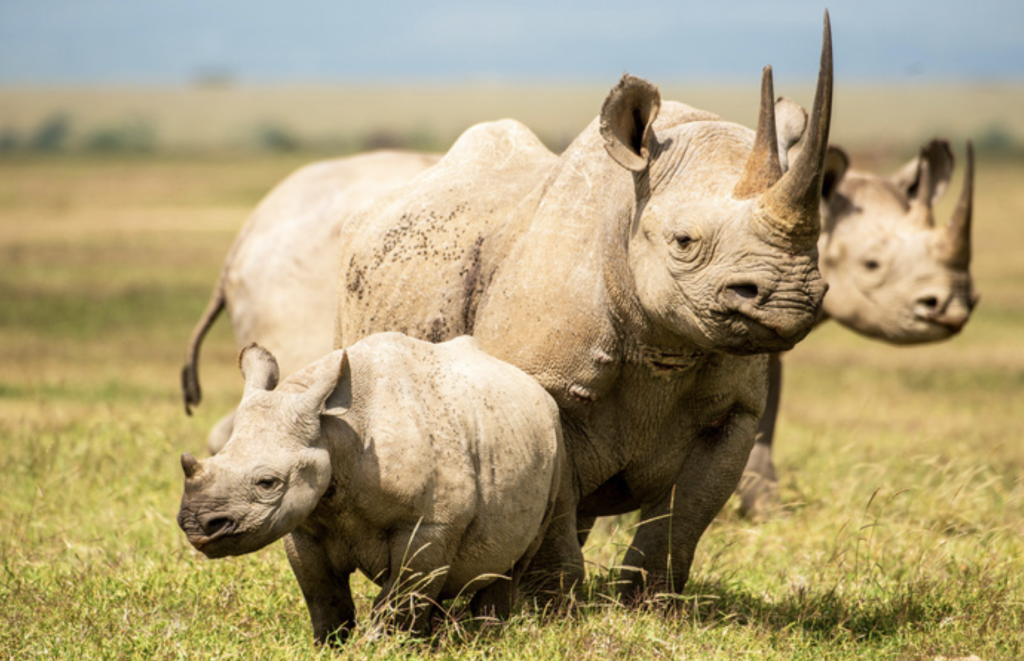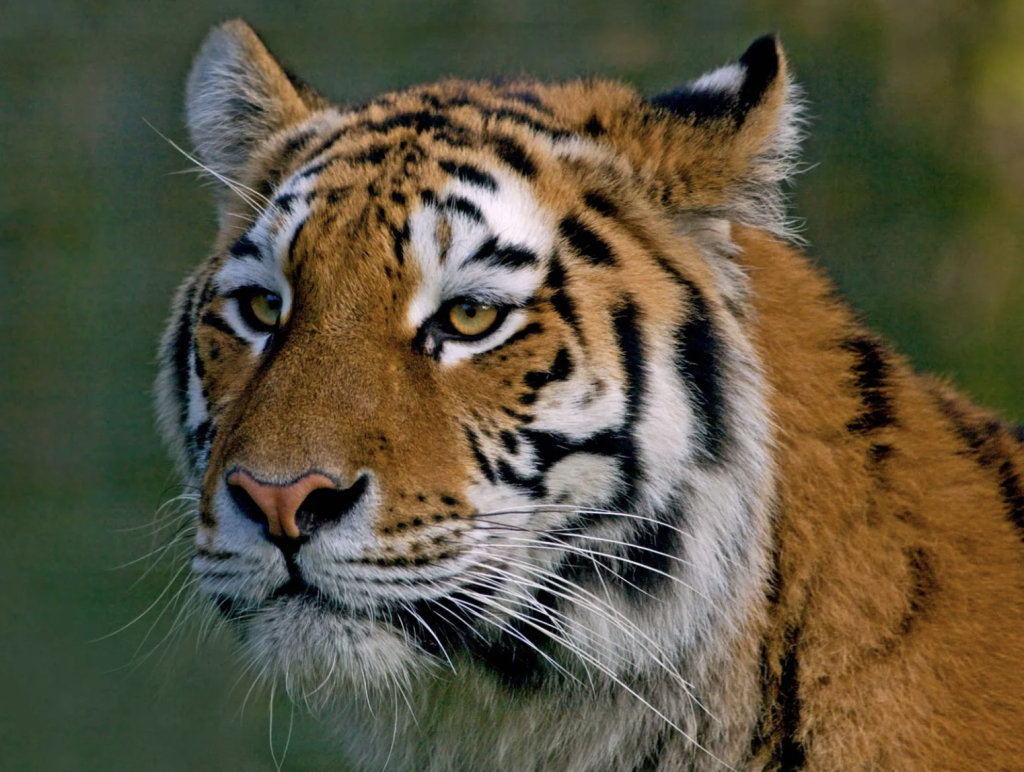Guardians of the Wild World
We are not alone on this planet. Every creature plays a role. Protecting them means protecting the balance of life itself.

How can we help endangered species
Let’s start!
Protect Natural Habitats
Many endangered species lose their homes due to deforestation, urban expansion or pollution. Supporting nature reserves and sustainable land use can provide them with a safe living environment.
Say No to Wildlife Trafficking
Don’t purchase products such as ivory, coral and wild fur, as they may all come from illegal hunting. Refusing to consume is a crucial step in reducing the demand for poaching.
Support Conservation Organizations
Donate to institutions dedicated to animal protection or participate in volunteer services. They often carry out rescue, monitoring and education tasks on the front line.
Reduce Your Carbon Footprint
Climate change is affecting the living space of many species, especially polar bears, sea turtles, etc. Reduce environmental pressure by means of energy conservation, less driving and choosing a plant-based diet.
Raise Awareness
Spread information about endangered species through social media, campus activities or daily conversations. The more people know, the greater the power of willingness to participate in protection will be.
Get Involved in Conservation Projects
Join local ecological surveys, tree planting or animal protection monitoring programs. Even just signing petitions and promoting legislation can have a positive impact on the survival of wild animals.
Which animals need our help
Red Panda
Their number is estimated to be less than 10,000, and it might even be as low as 2,500. The main threats include: deforestation and habitat fragmentation, the reduction of bamboo resources (its staple food), the restricted regeneration of bamboo due to the invasion of domestic animals, as well as poaching and climate change.


Black Rhinoceros
At present, there are only about 6,500 of them in the wild, which decreased by 96% due to poaching between 1970 and 1990. Their horns are used in traditional Chinese medicine and as status symbols, triggering the demand for trafficking. Furthermore, the habitat has been squeezed by agricultural expansion, and human activities are frequent in the local recovery areas, further threatening the survival.
“Every time we protect a species, we protect a piece of our planet’s soul. Let’s stand together for every voice in nature.”

About our articles and videos
According to data about one billion people participate in volunteer services every year
We need your help